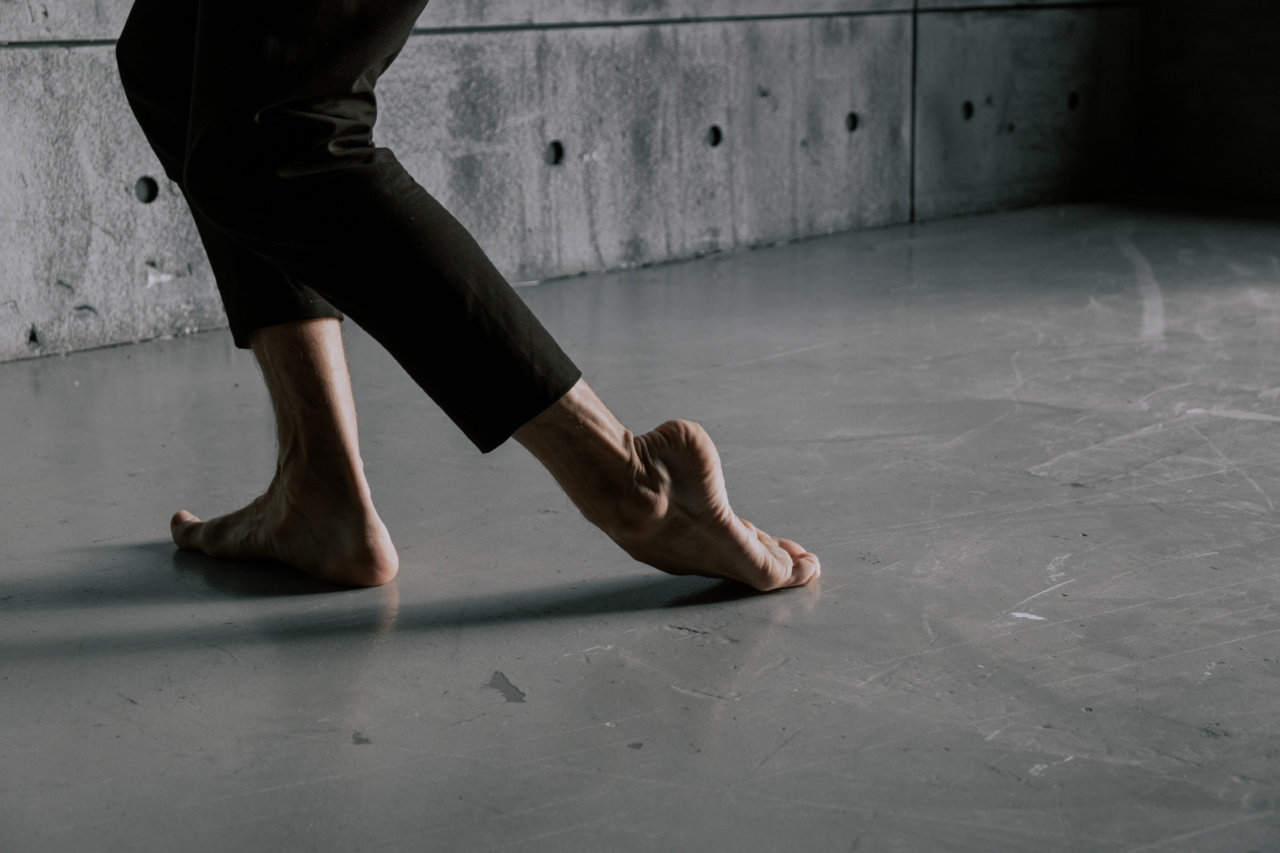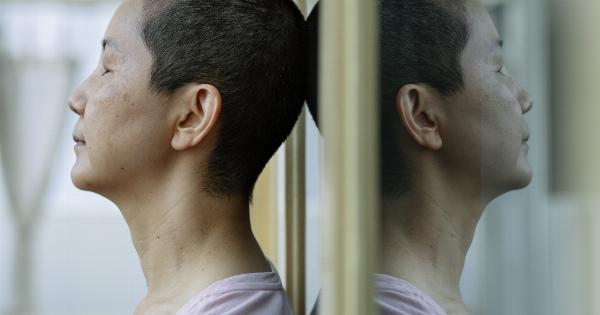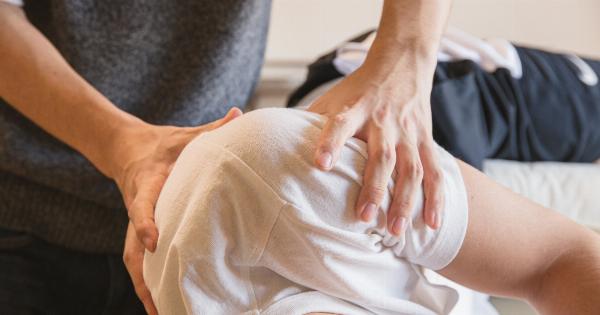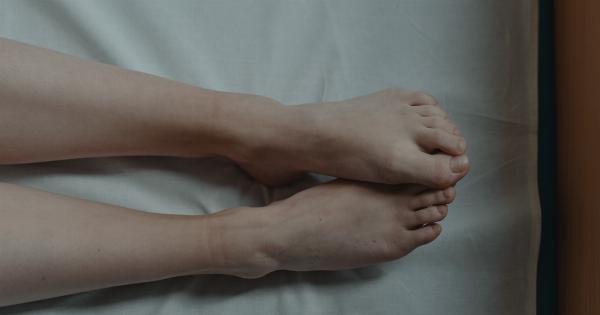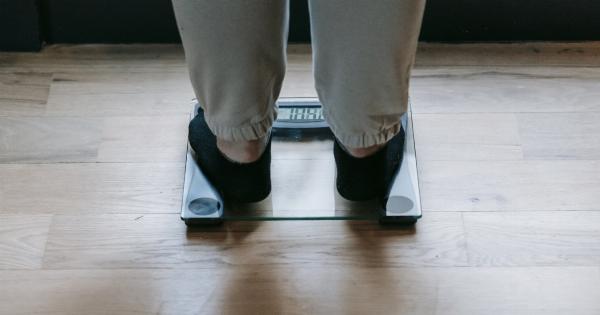Electrically stimulating movement in the feet is a technique that has gained momentum in recent years as a way to improve mobility and alleviate various foot-related conditions.
This innovative method involves using electrical impulses to activate the muscles and nerves in the feet, resulting in better control over movement and enhanced sensations. In this article, we will explore the benefits, applications, and considerations of electrically stimulating movement in the feet.
Understanding Electric Stimulation
Electric stimulation, also known as neuromuscular electrical stimulation (NMES) or transcutaneous electrical nerve stimulation (TENS), involves the application of low-level electrical currents to specific muscle groups or nerves.
When applied to the feet, these electrical impulses activate the motor neurons, causing muscle contractions that simulate natural movement patterns.
The Benefits of Electrically Stimulating Foot Movement
1. Enhanced Mobility: Electric stimulation can help individuals with reduced foot mobility regain control over their movements.
By activating the muscles and nerves, this technique aids in strengthening weak muscles and improving balance and coordination.
2. Pain Management: Foot-related conditions such as plantar fasciitis, diabetic neuropathy, and peripheral vascular disease can cause significant discomfort.
Electric stimulation can provide pain relief by releasing endorphins, the body’s natural painkillers, and reducing muscle spasms.
3. Injury Rehabilitation: Electrically stimulating foot movement can be a valuable tool in the rehabilitation process following foot surgeries or injuries.
By promoting circulation and muscle activation, this technique assists in accelerating healing, reducing scar tissue formation, and preventing muscle atrophy.
Applications of Electric Stimulation in the Feet
1. Physical Therapy: Electric stimulation is commonly used in physical therapy settings to aid patients recovering from foot injuries, surgeries, or conditions such as stroke or multiple sclerosis.
It helps in regaining muscle strength, improving range of motion, and enhancing overall foot function.
2. Sports Performance: Athletes, especially those involved in activities that heavily rely on foot movement, can benefit from electric stimulation to improve their athletic performance.
This technique can optimize muscle activation, increase muscle strength, and enhance proprioception, ultimately leading to better overall performance.
3. Nerve Disorders: Nerve-related conditions like peripheral neuropathy can cause diminished sensation, muscle weakness, and impaired foot function.
Electrically stimulating foot movement can help counteract these effects by activating the nerves and enhancing sensory feedback.
Considerations and Precautions
While electric stimulation can offer significant benefits, it is crucial to approach this technique with caution. Here are a few considerations and precautions to keep in mind:.
1. Professional Guidance
It is essential to consult with a qualified healthcare professional or physical therapist before incorporating electric stimulation into your foot movement routine.
They can provide personalized guidance, assess your needs, and determine appropriate settings and duration for your sessions.
2. Individual Differences
Every individual’s response to electric stimulation may vary. Factors such as age, overall health, and specific foot conditions can influence the effectiveness and suitability of this technique.
Adjustments and customization may be necessary based on individual requirements.
3. Proper Equipment
Investing in high-quality electric stimulation devices specifically designed for foot stimulation is crucial. These devices must adhere to safety standards and provide precise control over current intensity to ensure safe and effective usage.
4. Sensitivity and Allergic Reactions
Some individuals may experience skin sensitivity or allergic reactions to the electrodes or adhesive pads used during electric stimulation. It is vital to monitor and address any discomfort or adverse reactions promptly.
Conclusion
Electrically stimulating movement in the feet offers a range of benefits for individuals looking to improve their foot function, manage pain, or enhance their athletic performance.
With proper guidance and precautions, this technique can be a valuable addition to rehabilitation programs and foot care routines. Consulting a healthcare professional and following personalized recommendations will help maximize the effectiveness and safety of electric foot stimulation.
